109. 2020.03.22 – Soutpankoppies. What is there to do? The Albertinia area is really absorbing. Westwards the gene pool (retusa/mirabilis/turgida/mutica) is confused as it tries to express itself in so many different ways, whereas at Albertinia it simplifies to two and, in my opinion, then one. At the same time there is a second gene pool comprising floribunda/chloracantha/variegata/parksiana. The area is not well explored and there are clearly small islands of vegetation that may still hold some secrets. The photographs here are of ‘splendens’ at Soutpankoppies that I perceive to be the most eastern expression of ‘mirabilis’. Retusa in its typical form ends a little to the west. Further exploration in the Albertinia area will surely expose the facts about these two hypothesized gene pools.
“Splendens”. Not for nothing is it specially protected in an enclosure. But this underlines the real problem of conservation – a huge subject. This particular enclosure is of interest for several reasons. When I first heard of it I assumed it was where the plants were seen in ca 1996. But it is not. So what has happened to that small population? There was also a third ‘population’ in the immediate vicinity of an old small farmstead. Local disturbance and alien weed invasion seem to have annihilated that one. The splendens enclosure is hugely successful in respect of the short term health of the specific population and even satellite imagery demonstrates that. The impact of livestock activity and weed invasion outside of the enclosure are obvious. But the total effect is confounded by the presence of surface rock (ferricrete?). The splendens population would have been as safe in the absence of any fence. The other two populations were far more vulnerable. It is simply not practical to enclose vulnerable ‘species’ and this was a hot topic in professional conservation as far back as 1970 if not before. We cannot ignore the problem of taxonomy, because the essence of conservation is surely the preservation of diversity. At what level now does one do this? The current trend in conservation is the identification of “red-data” species. I think this is complete nonsense because it amounts to plum-picking in which the end-product is the maintenance some kind of museum record of what was?

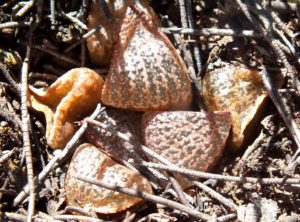

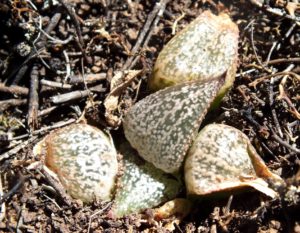
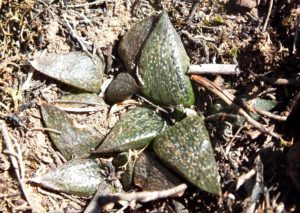
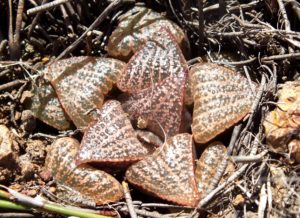
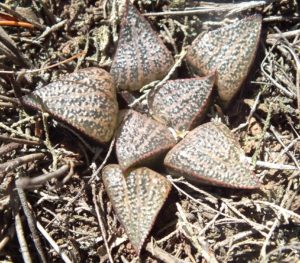

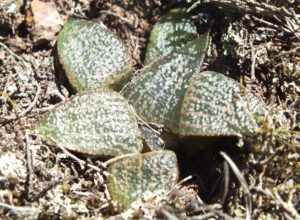
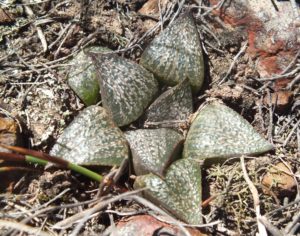

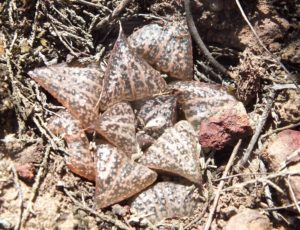

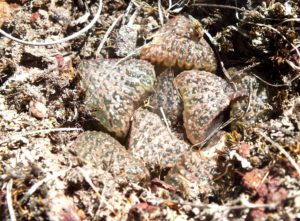
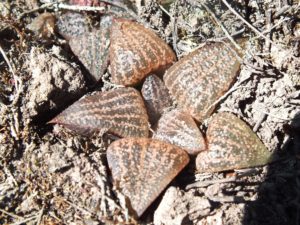


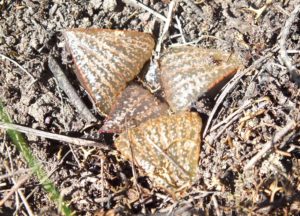
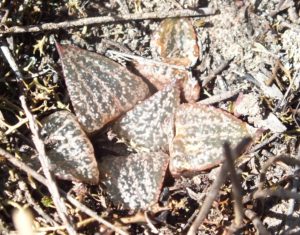
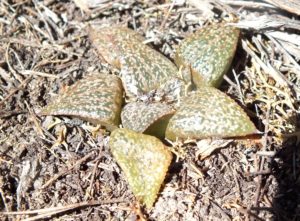
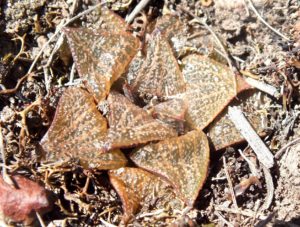
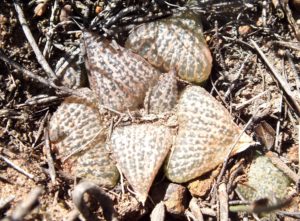
110. 2020.03.23 – An enthusiast commented that Haworthia magnifica made sense to him. Well here are pictures of plants at the type locality (Riversdale Commonage or now known as the Werner Frehse Reserve) as was indicated to me by the collector of the original material i.e. J. Dekenah. If you want confirmation that the name, as a species name, makes sense it is worth using google to locate the type and see the images that come up. What would be useful is for that enthusiast to set out to demonstrate why this particular name makes sense to him against all the other names that may do the same.
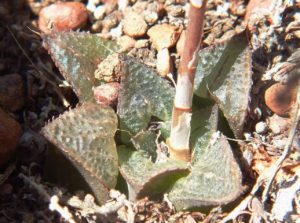
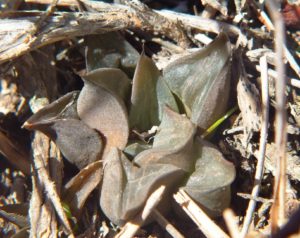
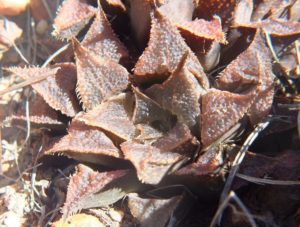

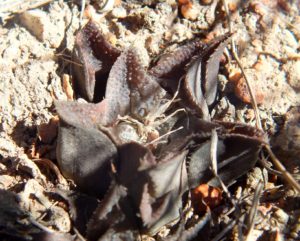
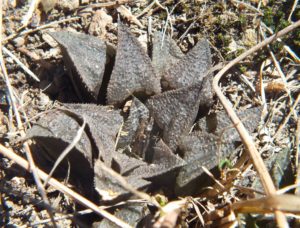
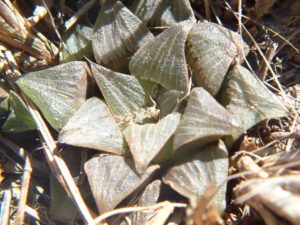
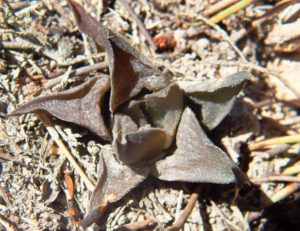
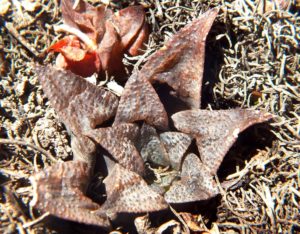
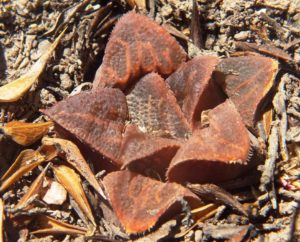
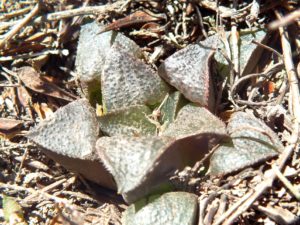
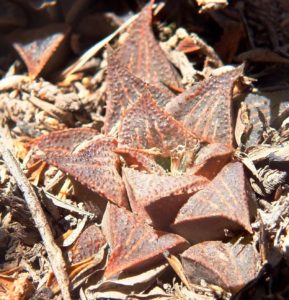
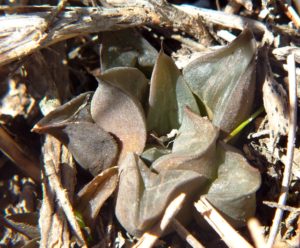
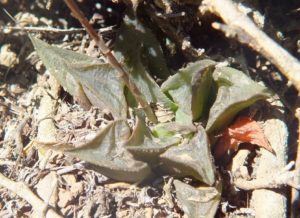
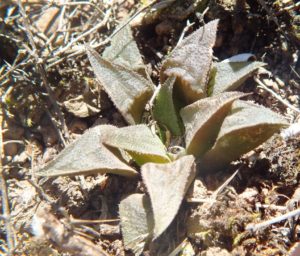
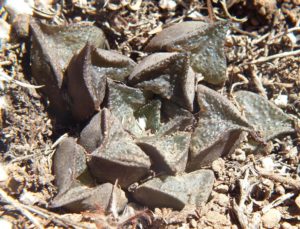
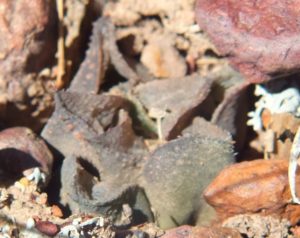

This is probably what H. magnifica is imagined to be, based on my experience with the name, the trade and the literature. But the fact is the population at the Frehse Reserve is substantially fragmented and the plants are highly variable. Not only that, anyone who has seen a retusa/mirabilis hybrid will recognise that influence in the pictures I’ve posted.
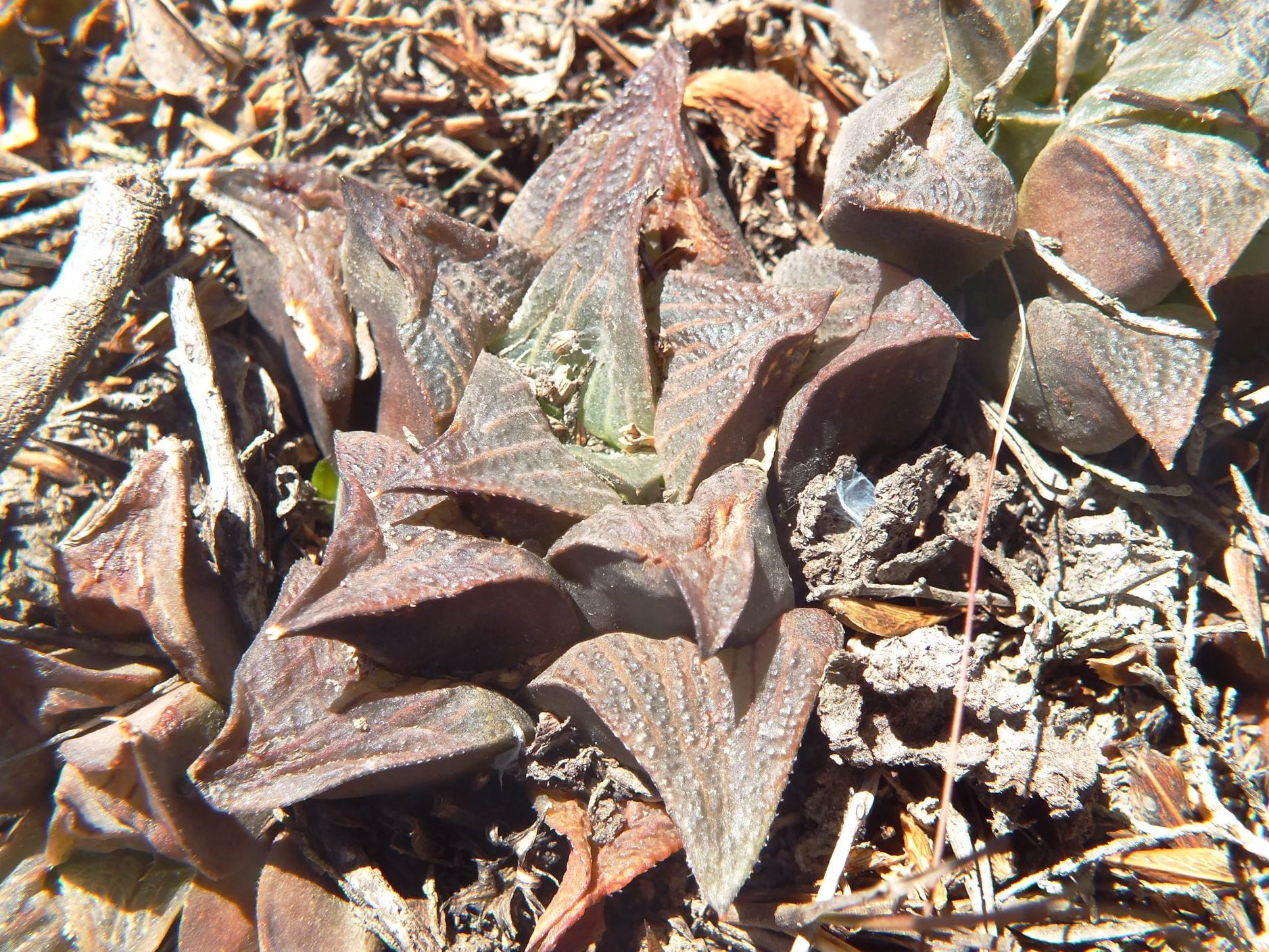
111. 2020.03.25 – Here is a set of pictures of plants propagated from seed from a H. mirabilis population (MBB6651) 2km further south from the Frehse Reserve and what was purported to be H. magnifica. The habitat is a bit different because here the plants are in white clay (kaolinite) whereas at Frehse they are in shale. What is common to these plants that makes them different to an impossible to define commonality of H. magnifica???? It is a problem throughout ALL the mirabiloids and retusoids of the Southern cape and extending to the emelyoids of the Karoo. Examine the last picture and you will see the ultimate trickster. The floribundoids (variegata, chloracantha and parksiana) have a show-in too.
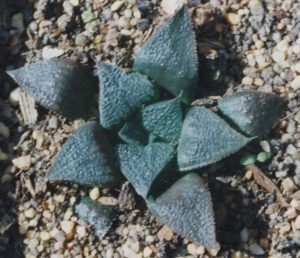
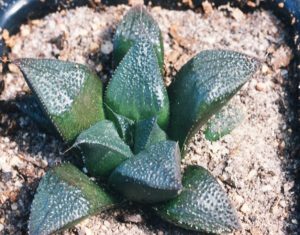
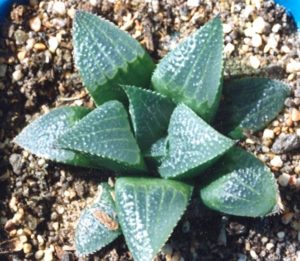
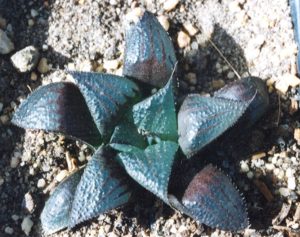
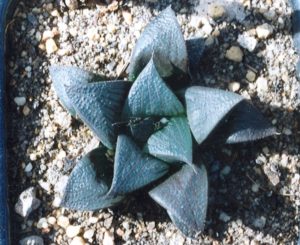
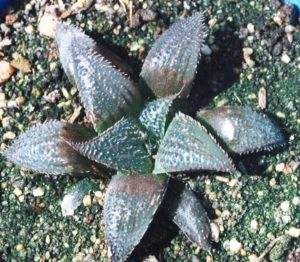

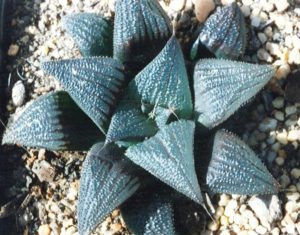

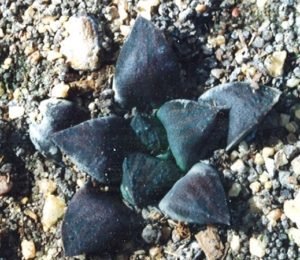
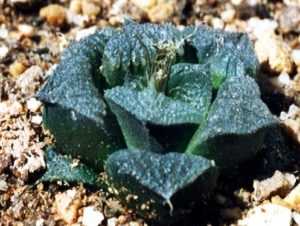
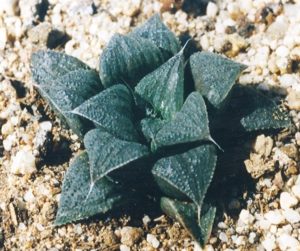


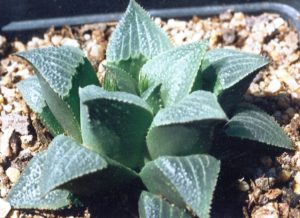
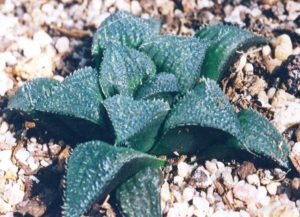
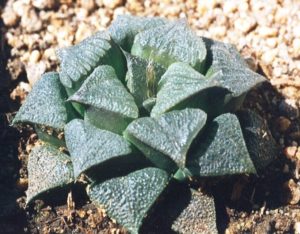

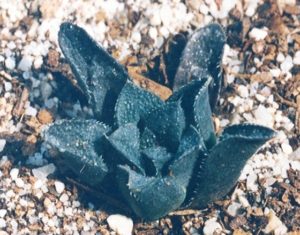
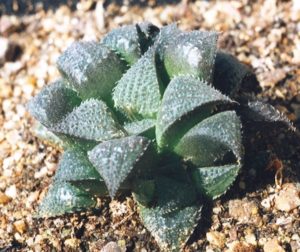
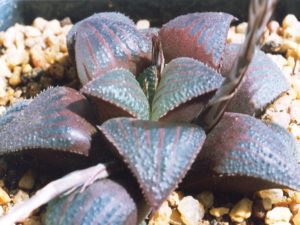
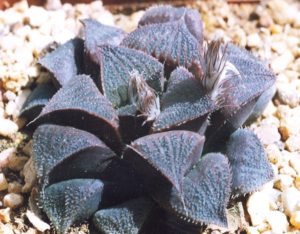
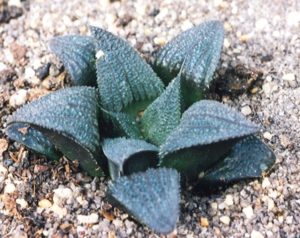
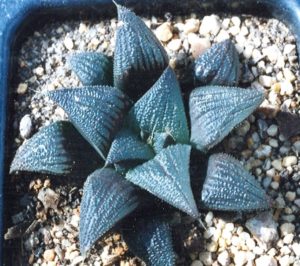

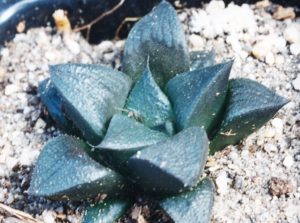
The coloration in this plant is what we see in the old ‘mutica var. nigra‘ population. When one talks of magnifca one cannot dismiss a series of mirabilis populations that occur from Frehse Reserve at Riversdale westwards to Riviersonderend. ♦

